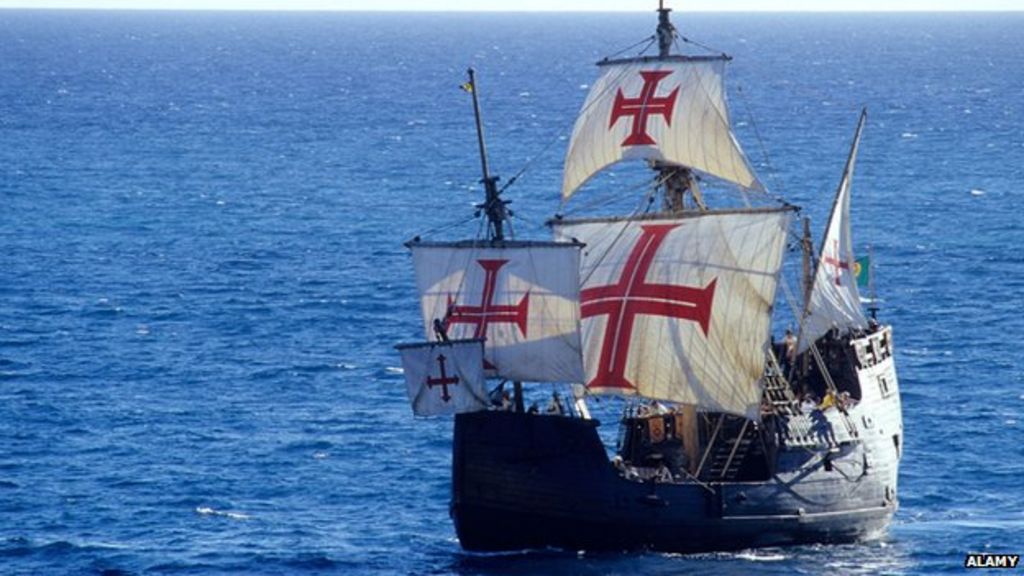Know your Nautical Terminology
You are all familiar with the Viking Longship. But how did we get from there to the ultimate in sailing ships, the Clipper ship? I will explain over the next several months. Caravels were developed from Mediterranean coastal craft and were generally too small for open ocean work. They evolved into the larger and more useful
carrack (Nau)
A three- or four-masted oceangoing sailing ship used by Western Europeans in the Atlantic Ocean from the 15th through the early 17th centuries.
In its most developed form, the carrack was a carvel-built ocean-going ship: large enough to be stable in heavy seas, and capacious enough to carry a large cargo and the provisions needed for very long voyages. The later carracks were square-rigged on the foremast and mainmast and lateen-rigged on the mizzenmast. They had a high rounded stern with aftcastle, forecastle and bowsprit at the stem. As the predecessor of the galleon, the carrack was one of the most influential ship designs in history; while ships became more specialized in the following centuries, the basic design remained unchanged throughout this period.
Columbus' ship Santa Maria and the Tudor flagship Mary Rose are famous carracks.
A replica of Santa Maria
The Mary Rose
SpyNavy
Garde la Foi, mes amis! Nous nous sommes les sauveurs de la République! Maintenant et Toujours!
(Keep the Faith, my friends! We are the saviors of the Republic! Now and Forever!)
LonePalm, le Républicain du verre cassé (The Broken Glass Republican)

